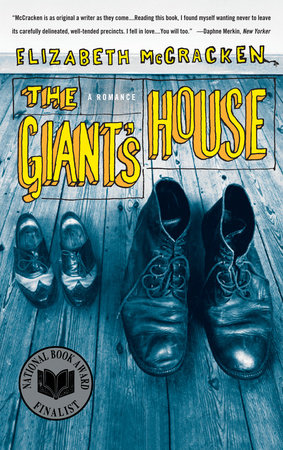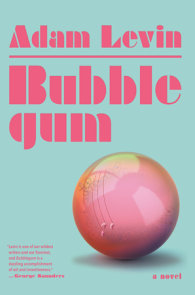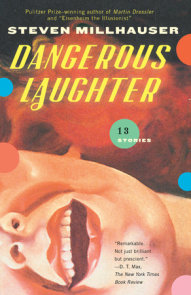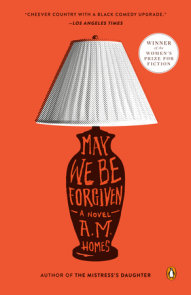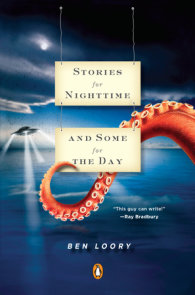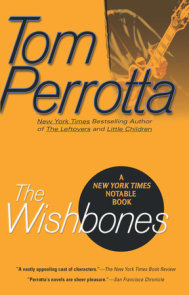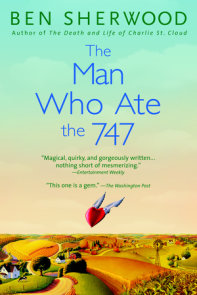READERS GUIDE
The year is 1950. Peggy Cort, a librarian in a small Cape Cod town, is 26 and has begun to fear that she will live her life without ever experiencing love’s transforming power. Until she meets James, 11 years old, six foot four, and still growing. Quietly heroic about his predicament, James checks out books on conjuring and gigantism, and they soon find their lives entwined in ways that neither of them could have predicted. In James, Peggy discovers the one person suited to encompass her love, and as he grows—six foot five at age 12, then seven feet, then eight—so does her heart and their most singular romance. This stunning first novel was a finalist for a National Book Award in Fiction in 1996.Questions and Topics for Discussion
1. Elizabeth McCracken subtitles her book "A Romance." Why does she use this term? Does she mean it literally, or ironically? In what ways does the novel depart from the kind of story that is usually classified as romance?
2. Peggy begins her story with the sentence, "I do not love mankind." Do you believe this statement to be true? Do you find Peggy’s real character to be different from the character she tries to present to the reader?
3. Why has Peggy chosen to be a librarian? What aspects of the work conform with her own character and predilections?
4. What are the reasons for Mrs. Sweatt’s deep sadness? What differences, and what similarities, exist between Mrs. Sweatt and Peggy? What does Peggy mean when she says "We are the truly sad" (p. 67)? Do you believe that Mrs. Sweatt’s overdose was deliberate?
5. Peggy calls herself "an unimaginative woman" (p. 106). Do you find this to be true? If not, why does she make such a claim? What roles do imagination and fantasy play in her life?
6. How do you interpret James’s feelings for Stella? Does he fall in love with her? If so, what kind of love is it, and how does it compare with the kind of passion Peggy feels for him?
7. What is the significance of Rocket Bride in the story? Why does Rocket Bride, halfway through the novel, acquire a baby? What relation does Rocket Bride bear, not only to Mrs. Sweatt, but to Peggy herself?
8. How does James’s character change and develop during the course of the novel? How do his feelings about his size, and his strange plight, readjust themselves? What effect, if any, does Patty Flood have upon James’s outlook?
9. How do strangers, and even friends, react to James’s size? Is anyone, including Peggy, able to forget his height for a moment? What do their reactions say about our feelings for the abnormal? Why do circus freaks continue to exert a fascination upon us?
10. Is Dr. Calloway’s "Giantism: Report of a Case" an accurate or scientific study? In what ways does it present a false picture of James? What does this report say about Dr. Calloway’s own character? What does it imply about the nature of scientific observation?
11. Peggy says that the act of giving oneself to others, of existing for other people, is "a selfishness.” Is this true? Are Peggy’s many "unselfish" acts in actuality an expression of selfishness?
12. "By now," Peggy says at the end of her story, "you are tired of me insisting, but it wasn’t sex.” (p. 223) To what extent in fact was, or was not, her passion for James a sexual one? Is it possible entirely to separate sex and love?
13. How would you describe Peggy’s motivations for her sexual encounter with Calvin Sweatt? Do you believe, as she does, that subconsciously she wanted James’s child? Given a chance, might she have grown to love Calvin himself?
14. Peggy says that she and James had "a true, real marriage" (p. 259), and states that they loved one another. Do you believe that James loved Peggy in the same way that she loved him? Do you think that he was "in love"? Was he drawn to her, or did he simply come to feel affection, and to accept her presence?









